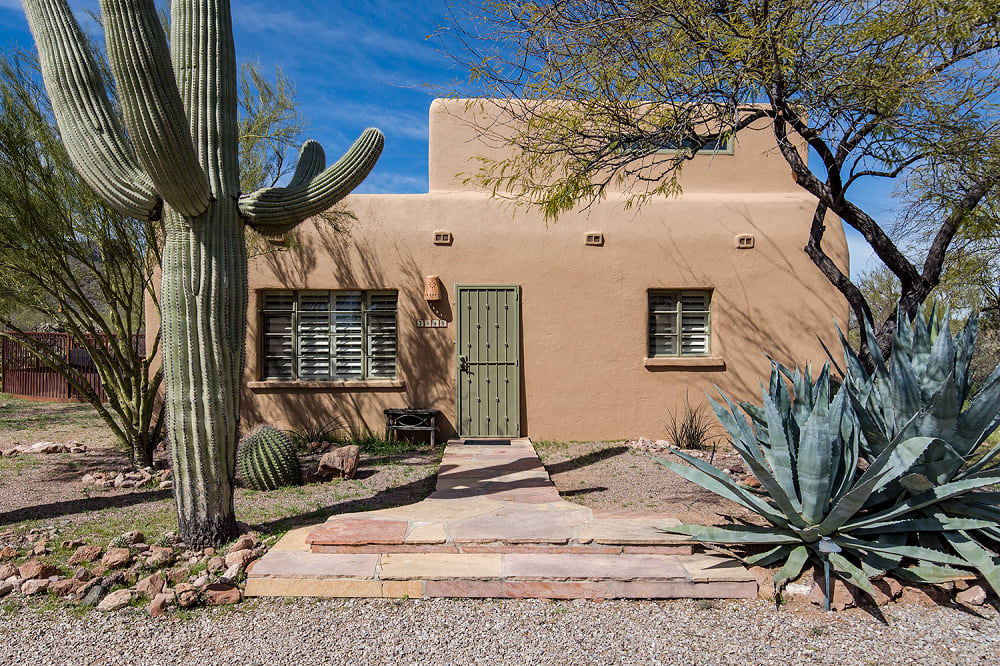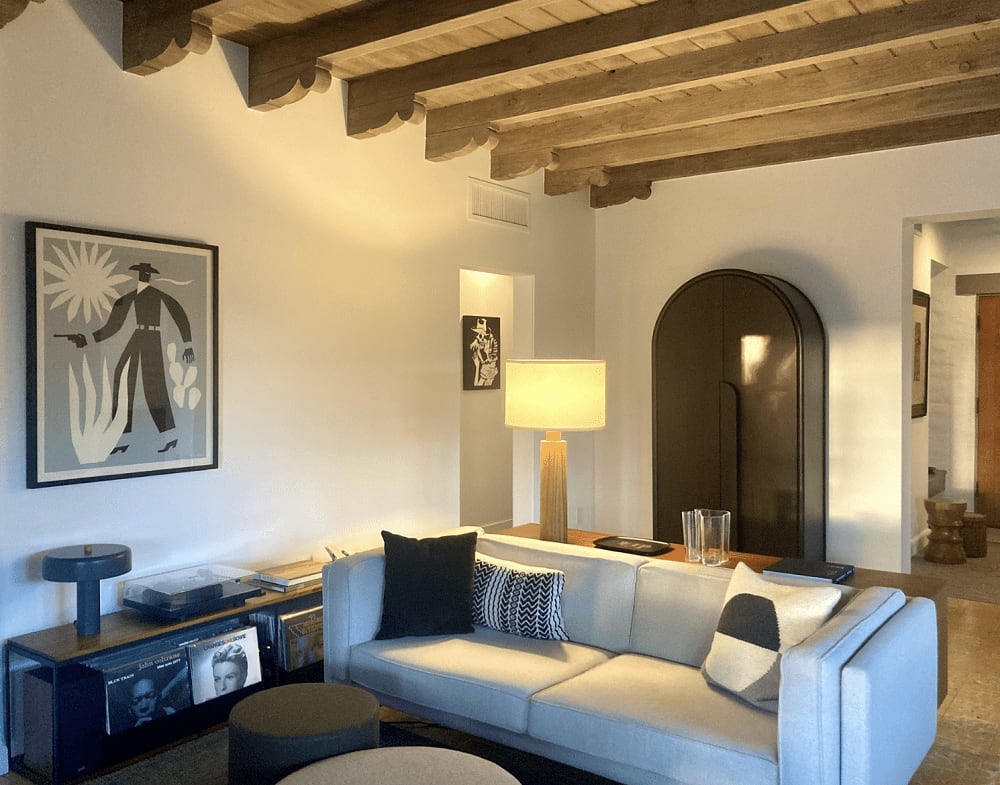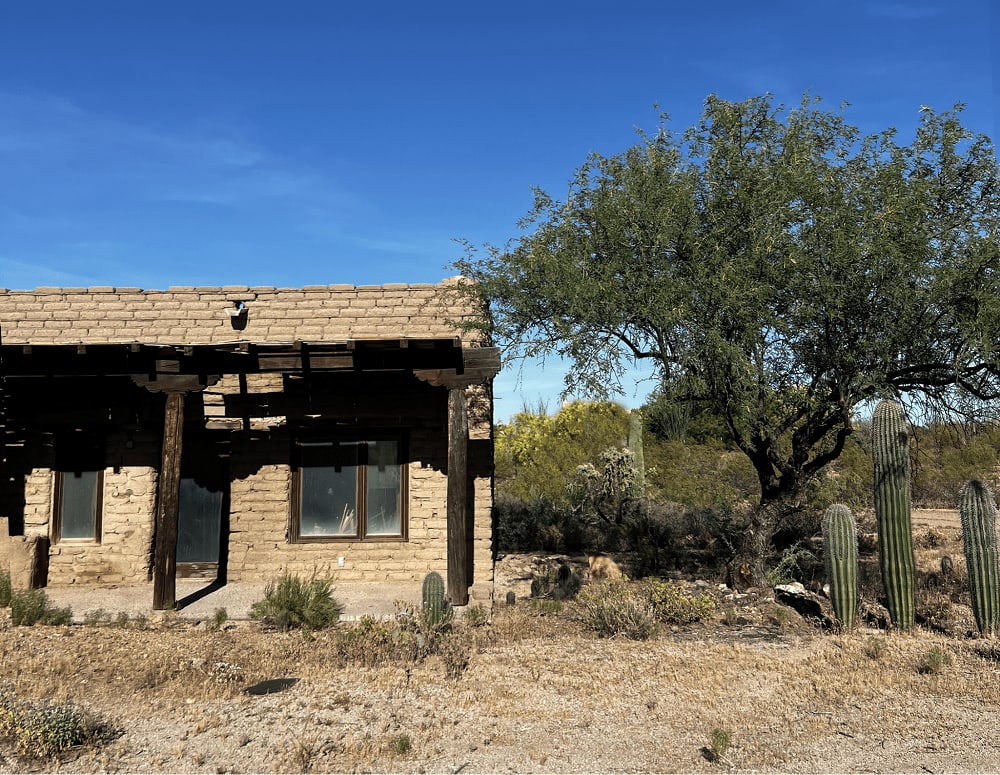Discover the Timeless Charm of Adobe Homes in Tucson
Adobe bricks, a hallmark of unique architectural styles, are deeply rooted in history, dating back thousands of years. Originating in the southwestern United States, these bricks were crafted from the most basic yet functional materials available - clay, sand, straw, and water. Over time, adobe construction has become synonymous with the region, much like the iconic desert landscape. Its enduring appeal is evident in the numerous historic adobe homes that dot the area, many of which proudly stand on the National Historic Register of Places. This lasting legacy speaks to the resilience and sustainability of adobe as a building material.
What Defines an Adobe Home?
At its core, an adobe home is a testament to resourcefulness and sustainable architecture. Traditional adobe bricks were a harmonious blend of natural elements, left to harden under the sun's warmth. These sun-dried bricks, combined with a sturdy clay mortar, formed the backbone of early adobe structures. In contemporary times, 'burnt adobe' has taken precedence in Tucson's architectural landscape. These modern bricks are kiln-fired, resulting in a rock-hard durability that stands the test of time. The evolution from sun-dried to burnt adobe showcases the adaptability of this ancient building style to modern needs, making it a popular choice for homeowners seeking both history and resilience.

Pima Farms, 2 adobes on over 3 acres on the west side with stunning views of Sombrero peak. listed by Hazelbaker & Ranek, sold significantly above asking.
Varied Styles: Adobe Homes in Tucson
The versatility of adobe in architecture is genuinely remarkable. In Tucson, adobe homes are not confined to a single style; rather, they span a wide spectrum of designs. From quaint bungalows nestled in serene Central neighborhoods to mid-century modern in Wilshire Heights, adobe's adaptability is showcased throughout Tucson. This architectural diversity ensures that adobe homes can withstand the trends and have a timeless quality that endures. The prevalence of adobe in Tucson is noteworthy, with an estimated 15% of homes in the city built from this humble material, showcasing its significant cultural and historical value.

Designed by Josias Joesler, with updates by Hazelbaker Rush
The Architects Behind Tucson's Adobe Legacy
Two architects, in particular, have played pivotal roles in shaping Tucson's adobe heritage. Josias Joesler, an architect active from the late 1920s to the mid-1950s, left an indelible mark on the cityscape. His creative use of burnt adobe in over 400 residential and commercial structures is a testament to the material's versatility and his innovative design approach. Structures like the Dimmicks Home and the Charles S. Todd House, both on the National Register of Historic Places, highlight his legacy. Similarly, Anne Rysdale, a pioneering female architect in Arizona, made significant contributions to Tucson's residential scene. Her designs, particularly in the ranch-style, are positioned throughout Tucson, standing as symbols of architectural elegance and historical significance

Wade Road, an adobe requiring some TLC and thoughtful renovation to preserve its character. Hazelbaker & Ranek represented the Seller and Buyer in this transaction.
Embrace Tucson's Historic Adobe Living
Owning a historic adobe home in Tucson transcends mere property acquisition; it represents a commitment to preserving a textured, historical legacy. This endeavor demands an in-depth appreciation of the architectural nuances and historical significance that these properties embody. Darci Hazelbaker & Anne Ranek, seasoned experts in this niche market, offer invaluable guidance. Their profound knowledge and experience provide a direct route for individuals seeking to invest in Tucson's adobe heritage, transforming the journey into an opportunity to own not just a house, but a living piece of architectural history.




